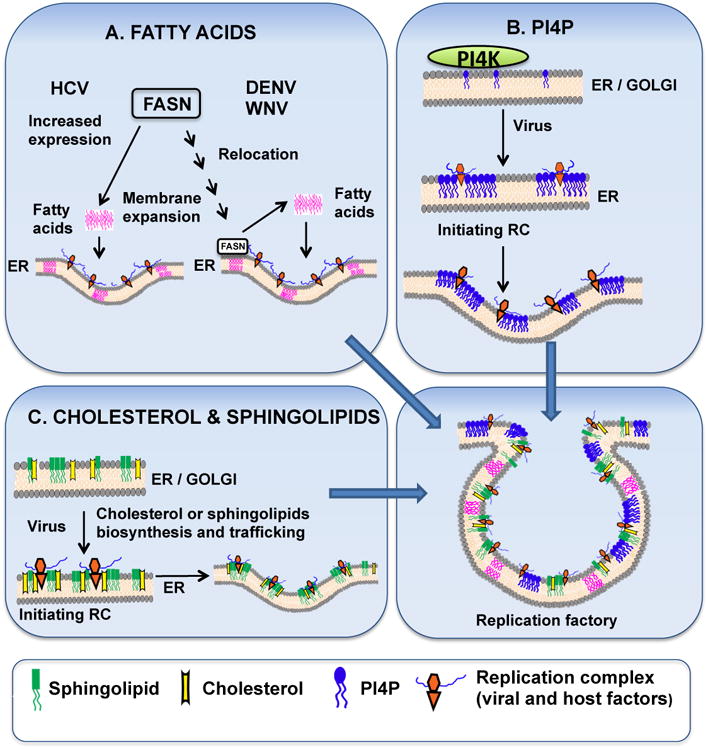Figure 1. Lipids in virus RNA synthesis.

A. Fatty acids. The host protein, FASN, is a key enzyme in the biosynthesis of fatty acids, which are incorporated at sites of viral RNA replication and cause membrane expansion necessary to form the replication factory. FASN expression increases after HCV infection [23] while FASN is recruited to the sites of viral RNA replication after WNV or DENV infection [18,19,28]. B. PI4P. Following virus infection, PI4P is produced on ER membranes by PI4KIIIα or Golgi membranes by PI4KIIIβ. PI4P may bind to virus replicase proteins and contribute to membrane curvature. Alternatively, PI4P can recruit effector proteins via their PH domains, triggering a cascade of events which can lead to the organization of a functional replicase complex [101]. C. Cholesterol and sphingolipids. Biosynthesis and trafficking of cholesterol or sphingolipids are essential for optimal functioning of virus replicase complex. By changing the membrane composition and fluidity, these lipids can contribute to membrane bending and stimulation of the replicase complex.
